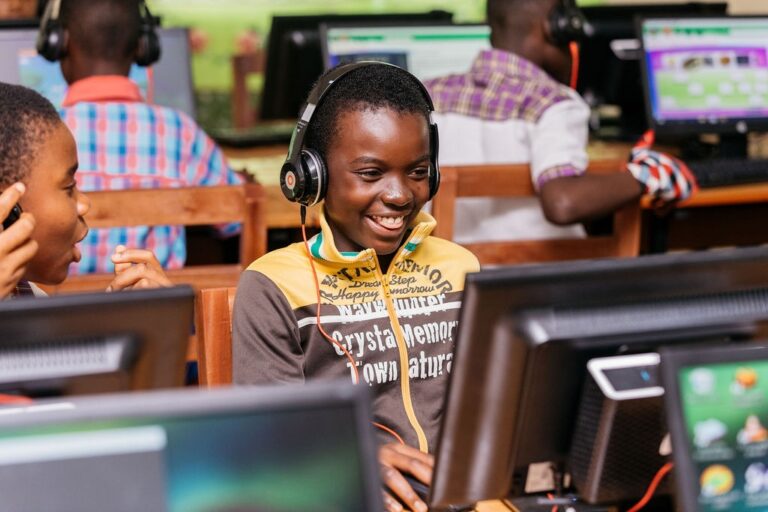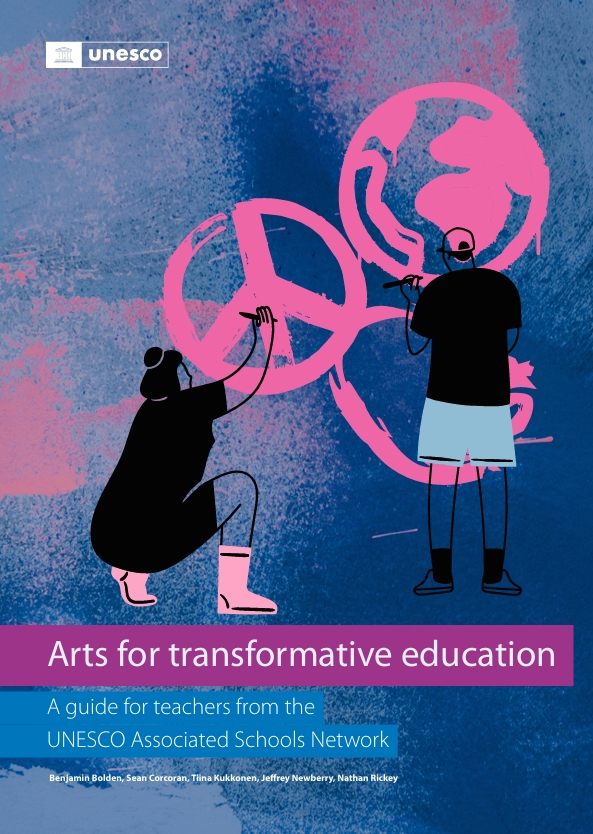By: Bridget McCrea, May 29, 2018 for EdSurge
Show a fourth grader how to balance a checkbook, and it won’t be long before her eyes start to glaze over or his mind starts to wander off to more interesting things. Infuse a financial literacy lesson with terms like bitcoin or cryptocurrency, however, and the lesson gets a bit more interesting. Better yet, give the student a very hands-on, tech-centric way to experiment with those financial concepts, and suddenly you’re in an entirely new learning realm.
As it stands now, a high percentage of K-12 students never getting the tools and training they need to make informed financial decisions. Only a third of states require high school students to take a course in personal finance, while less than half require them to take a course in economics before graduating. So in a push to make learning more relevant—and fun—a pair of startups, BitLearn and Pigzbe, are fusing gamification with finance, propped up by digital currency tokens. Call it the 21st century piggy bank.
Fourth-grade teacher Heidi Geiges thinks it’s a great idea. She’s been piloting the BitLearn platform at Arroyo School in San Carlos, Calif., for the last two years, during which time she’s been using Funler, a gamified learning platform. The app lets students earn “coins” that they can use to play video games, unlock new games and otherwise engage in “fun time” via the platform. Geiges, who teaches financial literacy as part of her 4th grade curriculum, says being able to earn coins for good work teaches her 9- and 10-year-old students the value of a dollar—or perhaps a bitcoin.
“You don’t just get things for free or have them handed to you; you have to work for them and earn them,” says Geiges. “This platform helps my students understand the value of money at a young age, and at a time when we’re seeing a push for starting financial literacy at a younger age.” That way, when those students get to middle and high school, she adds, they already have foundational knowledge of saving, budgeting and finance as a whole.
Geiges sees great potential for a platform that incorporates bitcoin, cryptocurrency, saving for college and micro-saving into the mix—all concepts that digital natives will likely want to learn more about and experiment with. She sees it as particularly relevant for students who may not have traditionally had the chance to further their educations past high school.
“Let’s get them thinking about how to start earning and saving money for college” before they get there, says Geiges, “and offer up some type of scholarship (e.g., funded by outside investors) that helps kids get responsible about their own financial literacy.”
Asking for Handouts
As Fred Jin developed the BitLearn Network (BLN), he had his 15-year-old niece in mind. “She doesn’t get the concept of money, and just keeps asking her mom and dad for money when she needs it,” says Jin, founder and CEO. To help his niece and other youngsters wrap their minds around where that $20 bill really comes from, he built a platform that allows them to earn and stash away tokens in a “piggybank,” see how much they’re earning from week-to-week and then review their spending. BitLearn, unlike Funler, operates on a system based on real money, which more closely resembles traditional cryptocurrencies, with some added safeguards and parental controls.
Jin is also working with a banking partner to develop a debit card offering for students. “Our long-term goal is to create a seamless segue from the student’s initial piggybank and into a full 529 college savings account,” says Jin, who sees the programmatic behavior that BitLearn’s network creates as one of its strongest points. For example, tokens can be “locked” using a time delay that, say, allows only $200 a week to be pulled from an account with a $2,000 balance. This helps parents set goals and children understand that the money isn’t just there for the taking.
Ultimately, Jin says tying lessons to financial literacy via gamification—and bringing in both teachers and parents to the fold—helps create a very holistic approach to money, college savings, spending and other concepts.
“Kids just naturally understand games because everything in them is very clearly illustrated—if you do this you’ll lose a life, and if you do this you’ll gain energy, and so forth,” Jin explains. “We’ve been able to tie everything together in an engaging manner that students actually understand.”
The Codification of Money
Filippo Yacob wants to reinvent the piggybank and use it to introduce students as young as six years old to financial education. As founder and CEO of Pigzbe, a cryptocurrency wallet for kids, Yacob says he’s driven by the sad reality that many people enter adulthood with “very little understanding of how money works,” and that leads to high debt levels, huge student loans, and mismanaged credit.
“This seriously limits their choices in life,” says Yacob, who sees elementary school as a great foundation for empowering students to make better choices, and earlier in life. To help make that happen, Pigzbe allows students to put a coin in their virtual “pig,” smash that pig, and then use the money in it as needed. Along the way, students determine how much they need for daily use, how much they should save and how much they should stash away for longer-term goals like college or investing.
“We’re teaching all of the things that a traditional piggybank doesn’t teach kids,” says Yacob.
The platform also incorporates concepts like cryptocurrency and blockchain and teaches them how a single cent to millions of dollars can be transferred around the world within just a few seconds. This “codification of money” (codification is the act, process, or result of arranging in a systematic form or code), is still in its infancy, “disrupting the world of money,” says Yacob, and pushing schools to tackle financial literacy from an entirely new angle.
“Education should be forward-looking and reflective of the realities of the world that we live in today,” says Yacob. “To get there, it’s going to have to follow suit and pay attention in the same way that education is starting to pay attention to computer coding. The same will happen for financial education, I’m sure.”




![[Preliminary Report] CRNA Collaborative Research for Exploring Factors Nurturing"Happy and Resilient" Children among Asian Countries](https://equity-ed.net/wp-content/uploads/2024/09/1725672182698.jpg)

